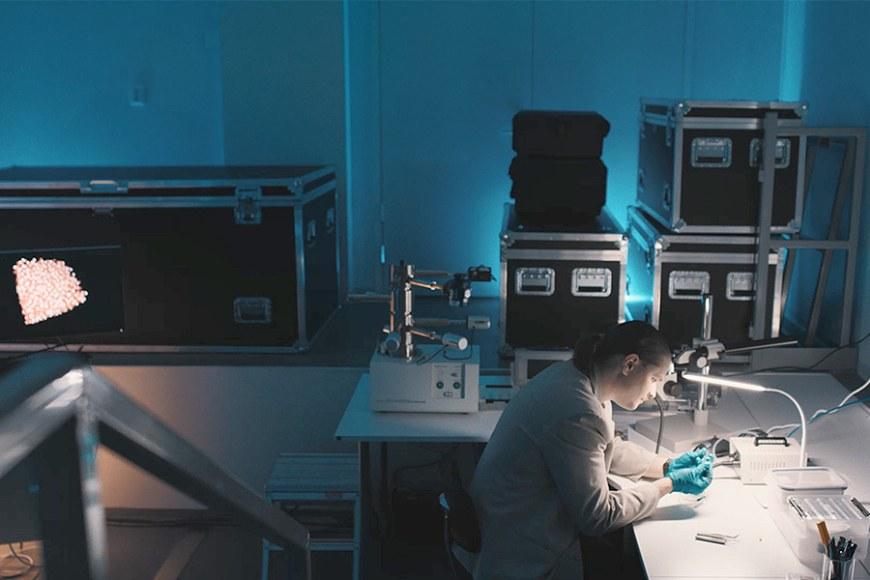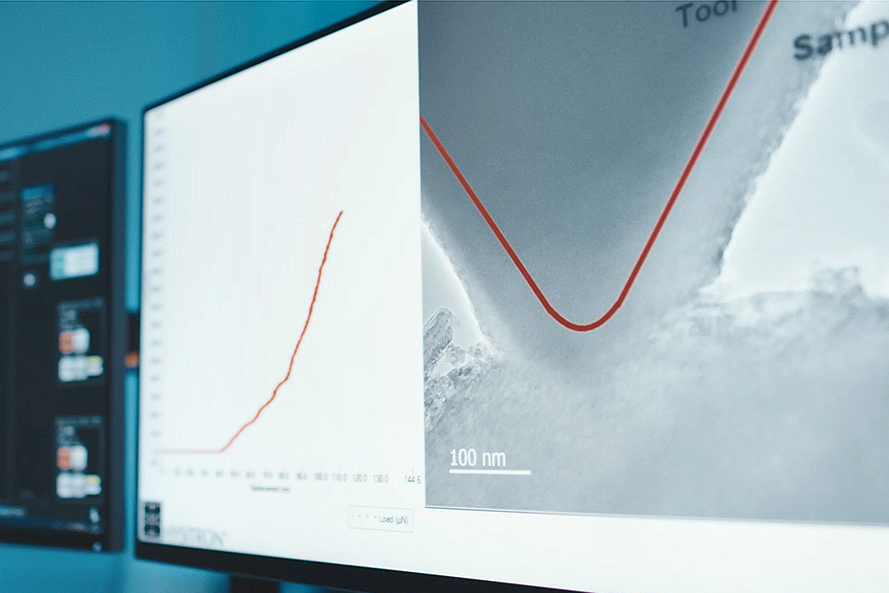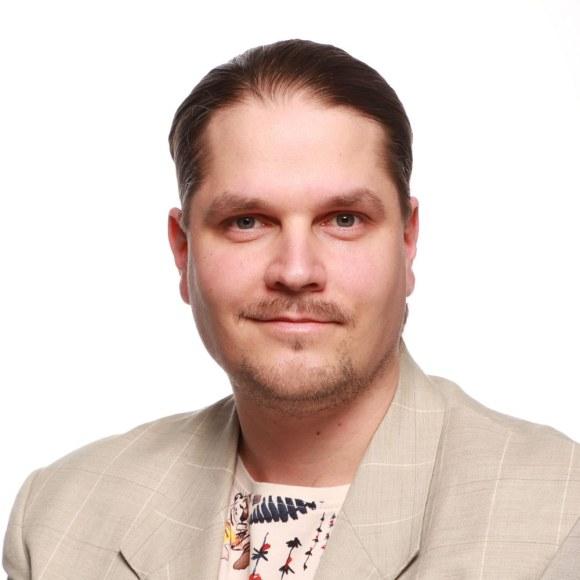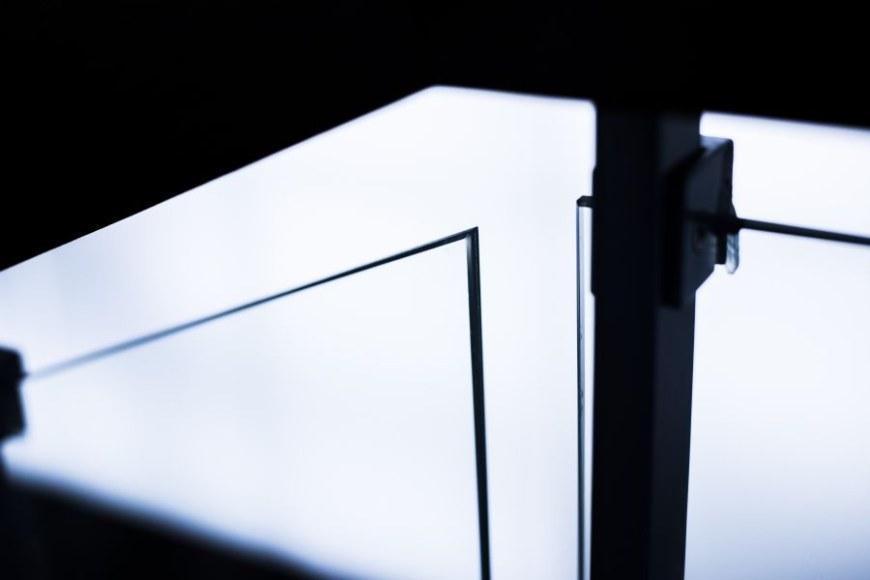Supercomputer uncovers the mysteries of ductile glass

CSC has selected eight Grand Challenge projects that hold promise for major scientific breakthroughs. The projects will receive computing time on the Mahti supercomputer. The projects were selected by CSC’s Scientific Customer Panel in early January.
The research consortium headed by Erkka J. Frankberg of Tampere University is working to break down the old notion of glass as an inherently brittle material. At an earlier stage of their research, the team discovered that glass, when manufactured in a certain way, is capable of bending and stretching without breaking.
“As the plastic deformation of glass occurs at the atomic level, supercomputer modelling is ideally suited for our research. High-performance computing will shed light on the mechanisms that underlie the ability of glass to deform plastically at room temperature,” Frankberg says.
Researchers set their sights on manufacturing products made of ductile glass
Erkka Frankberg is confident that the research carried out by the consortium has great potential to change the world. Unbreakable glass that is ductile at room temperature may eventually be produced on an industrial scale for a broad variety of applications.
“Our goal is to break out from the lab to manufacture ductile glass. One of our visions for the future is to use flexible glass as an impact shield to protect solar panels from collisions with meteoroids in space. And we could already be utilising ductile glass to make electronics more resistant to damage,” Frankberg envisions.
Consumers would surely be interested in an unbreakable smartphone screen. Durable but ductile glass is also a sustainable option from an environmental perspective. It is stronger and lighter than steel, and glass materials also have important electrical, chemical and biological properties.
“Although the Mahti supercomputer performs theoretical calculations, we never lose sight of the experimental side of research. We are expecting to see some amazing results as we have, among other things, succeeded in continuously increasing the size of the objects we make from ductile glass. The development of new materials is a long and arduous process,” Erkka Frankberg notes.
Excited about his research topic, Frankberg wants to encourage young researchers to delve into the world of high-performance computing.
"The new supercomputing infrastructures have placed Finland among others at the vanguard of high-performance computing. What we are talking about here is world-class research, especially in the field of materials science. We have a real chance to leave a mark on science,” he points out.

One year to tap into the supercomputing powers
Roughly one-fifth of Mahti’s capacity has been earmarked for the Grand Challenge projects. For a period of 12 months, Mahti will be made available to the collaborative project between Tampere University, the University of Helsinki and the Norwegian University of Science and Technology (NTNU). If converted into money, this would amount to approximately €700,000 of funding.
The consortium took part in the pilot testing of Mahti alongside 21 other projects in 2020. The tests showed very promising results and encouraged the consortium to seek continued access to supercomputing resources.
CSC – IT Center for Science is a Finnish centre of expertise in information technology owned by the Finnish state and higher education institutions. It is located in Kajaani where supercomputers have recently sprung up in rapid succession: in addition to the Mahti supercomputer built in 2020, researchers have access to the Puhti supercomputer launched in 2019. The latest supercomputer called Lumi has already attracted widespread international interest and will be completed this spring.
Besides Frankberg, the research consortium comprises Academy Research Fellow Janne Kalikka and Professor Erkki Levänen at Tampere University, University Lecturer Antti Kuronen and doctoral student Jiahui Zhang at the University of Helsinki, and Professor Jaakko Akola at NTNU.
The research group has published some of its earlier results in the prestigious Science magazine.
Text: Anna Aatinen
Photos: Still image capture from a video, Kaski Agency







